Meet Gregg Deal; Indigenous Activist, Artist, and Disruptor
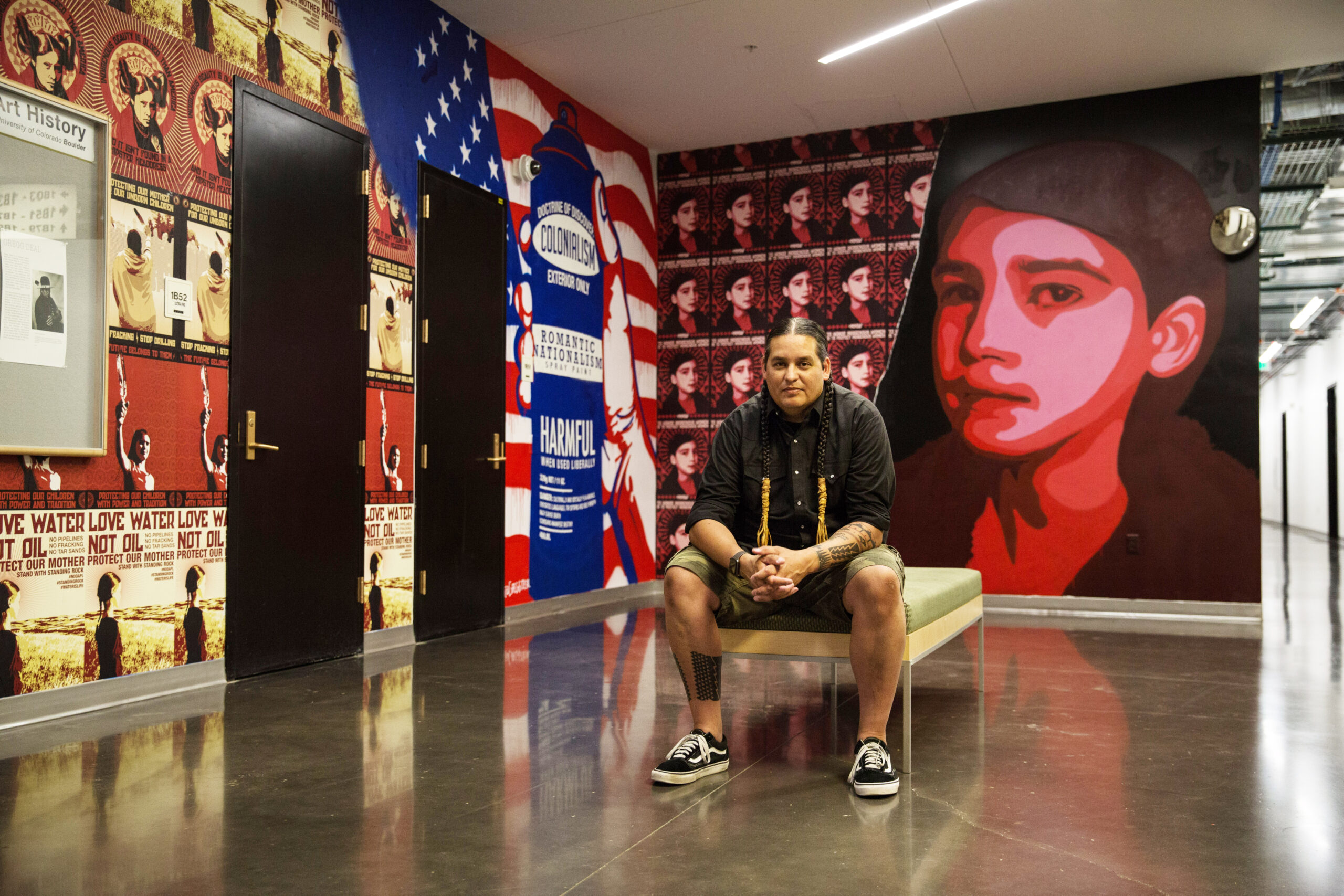
Hi Gregg, can you tell us your story leading up to becoming an artist and a disruptor today?
My name is Gregg Deal. I am a father, a husband, artist and member of the Pyramid Lake Paiute Tribe. I grew up in Park City, UT where my parents made just enough for us to be broke around rich white folks in a major ski resort town. Growing up in a small town in Utah during the 80’s and 90’s made for an interesting upbringing, to be sure. My escapes were punk rock, hiphop, skateboarding, snowboarding and art. I met my wife in 1998, we married in 1999 and immediately moved to the Washington DC area. I went to college there, and really made my bones as a budding artist.
Tell us about your upcoming of performance “ Punk Pan-IndianRomantic Comedy” ?
The “Punk Pan-Indian Romantic Comedy” is a series of vignettes with musical segways talking about how I grew up, how important music was for me in my home, and how it led to me thinking, working and practicing informed by these mediums. This hour-long performance of storytelling is funny, sad, upsetting and beyond, all creating a narrative to see the intersection of something like music and cultural identity. This type of representation undercuts the American understanding of Native people at large, challenging those perceptions with the normal aspect of being a Native person living in America.
This piece will be performed in the ENT Center of the UCCS campus on November 14, beginning at 7 pm in Colorado Springs.
Can you share what Denver Murals you have done and the inspiration behind them?
Denver Murals, huh? I have one on the side of Redline. My “RISE” piece. That was one of my first murals in Denver, if I recall. It was interesting when I moved to the Front Range because I was pretty established as an artist, but it took years to really make the connections I needed to make to have good relationships and opportunities to do stuff like that. I participated in CRUSH in 2019. It was a setup from my series “The Others”, which reappropriates comic book images from the 1940’s and I’ve replaced the dialog with lyrics from punk songs with language that points to the Indigenous struggle. It’s gone now, of course. I did another one in 2020 for CRUSH as well that is also gone now. I was asked by my friend Nathaniel Rateliff and his buddy Bob to paint on the side of the Skylark Lounge on Broadway last year, as well as another big one on the backside of the Native American Bank, also on Broadway.
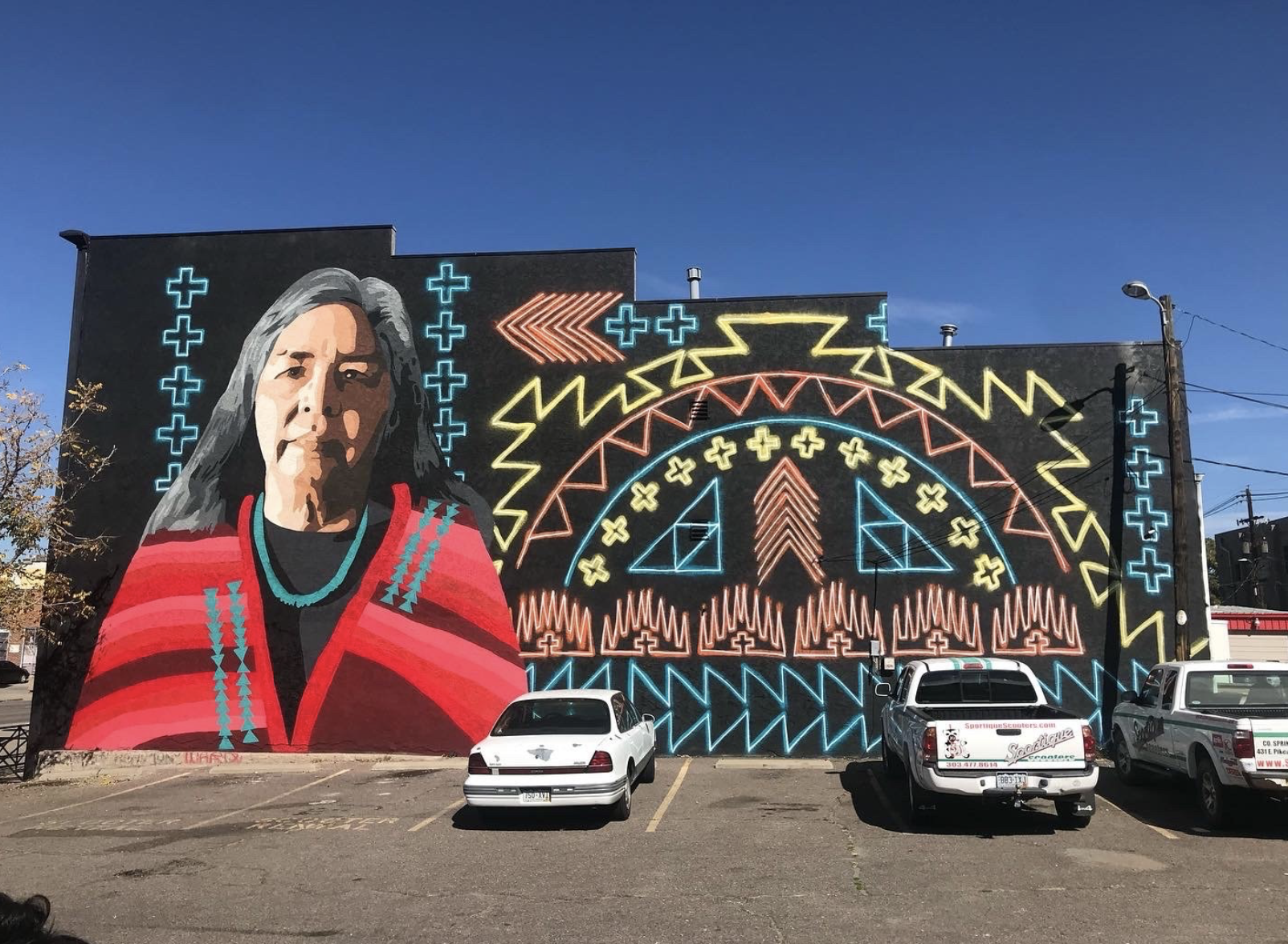
In November of last year I was able to do “The Others” piece “I’m so bored with the USA” on the side of the Denver Central Market. I’m quite proud of that one, it’s placement, and the challenge it presents. That and I get to be next to my two friends JayCee Beyal (left) and Shepard Fairey (right). Some of my works are these comic book styled ones, but others are simply Indigenous faces or portraits. I see this as paramount to representation, and adding a sense of commonality to seeing Indigenous faces in plain site. There is power in that kind of representation, and I’m here for it!
What initially attracted you to using a “Comic Book” style and how does it elevate your message?
These comic book images, specifically, are an embodiment of the romanticism and stereotypes that have evolved through art, photography and especially cinema. Quite honestly, I haven’t done this style since I was in high school, so to revisit it was interesting. My interest in these was about re-contextualizing the original works into something that benefits Native people more. In each image, Natives are winning or standing strong making a bold statement. These things feel more true, and certainly are lacking in general representation of Native people as a whole.

Taking back the power of these things, and empowering the viewer to question everything. Our existence is more than a D-list character in the background of your western. We are major players, and always will be.
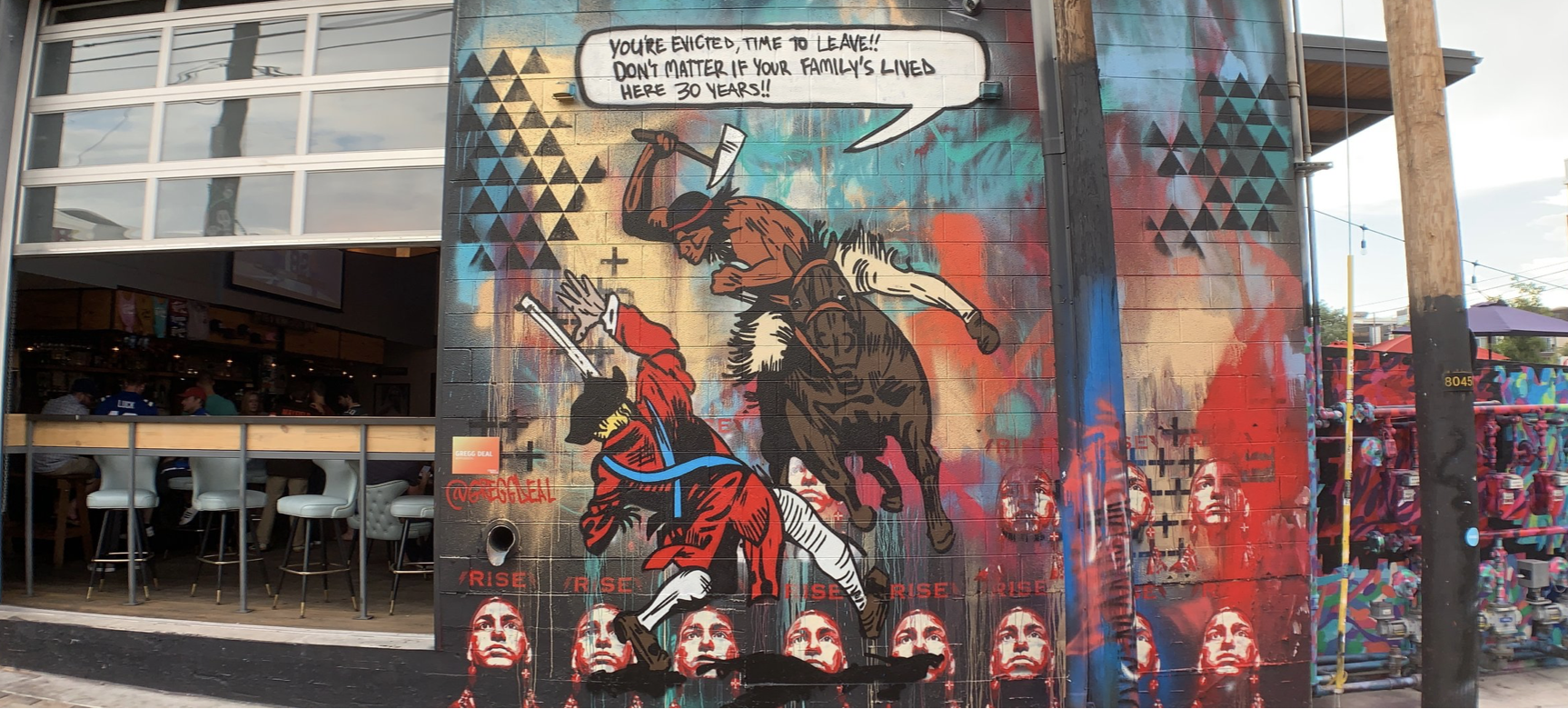
Do you have any other upcoming projects this month or in the future that you’d like to share with the Denver Community?
The only thing coming up soon is a Tedx talk with TedXMileHigh on the 12th of November. Tickets Here. As is the case with most of my speaking engagement, I will be challenging the listener! Should be good! I have an exhibition opening in January with the Longmont Museum that I am helping to curate, all centered around Contemporary Indigenous art and artists. I think it’s an exciting time for Native artists right now, and I am doing my best to facilitate some artists that I adore as best I can. It can’t always be the Gregg Deal show!
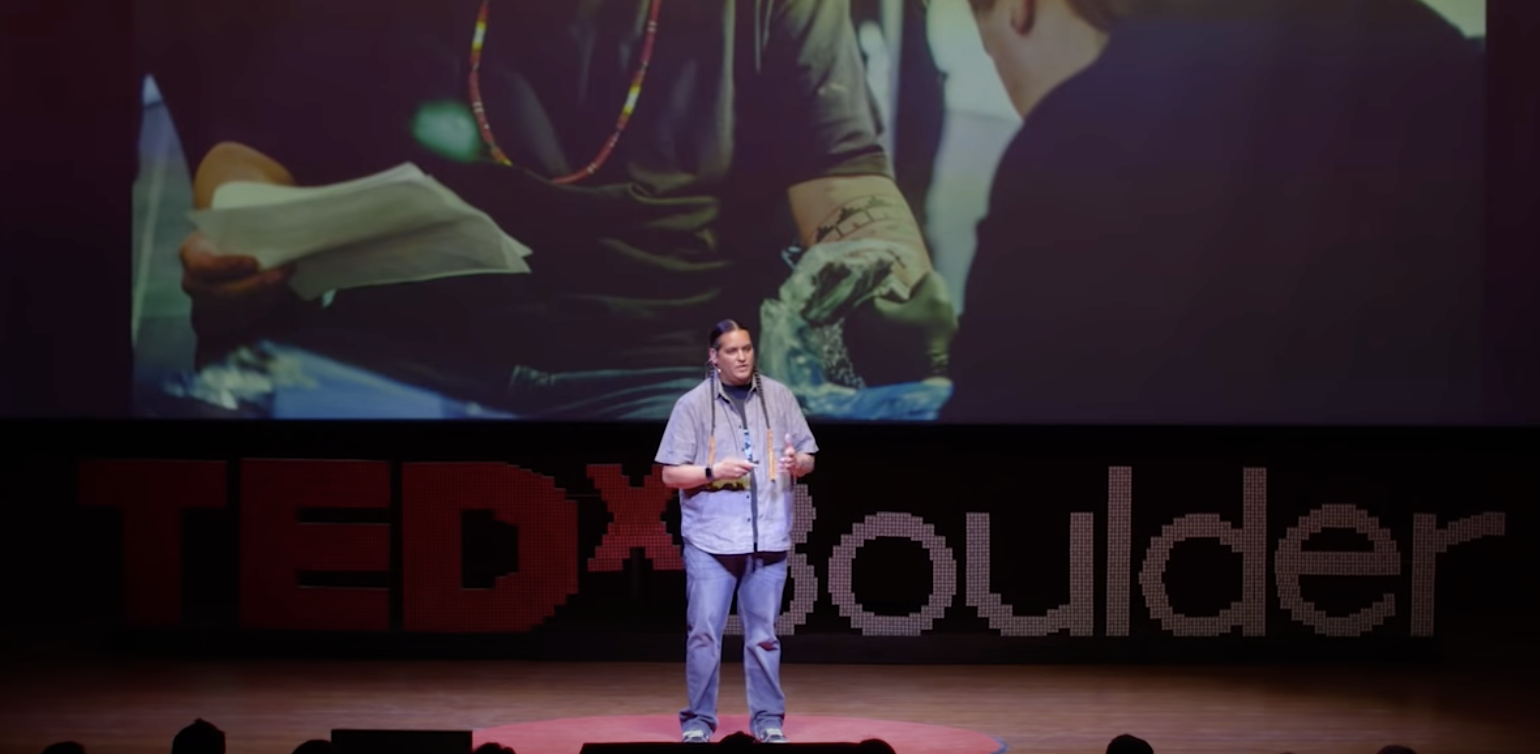
How can folks purchase your art work or learn more about your upcoming events and your extensive portfolio?
I have two places I move my work most. I am working with Raitman Galleries in Breckenridge and Aspen for some of my abstract work, and everything else is momentarily happening through my Instagram , @GreggDeal , or the occasional email inquiry that comes in. I work with a lot of first time buyers, which is exciting. Contacting me directly is best. My Instagram account is the biggest source of newest work, available work and getting in touch. My website always helps too. I keep it all pretty simple!
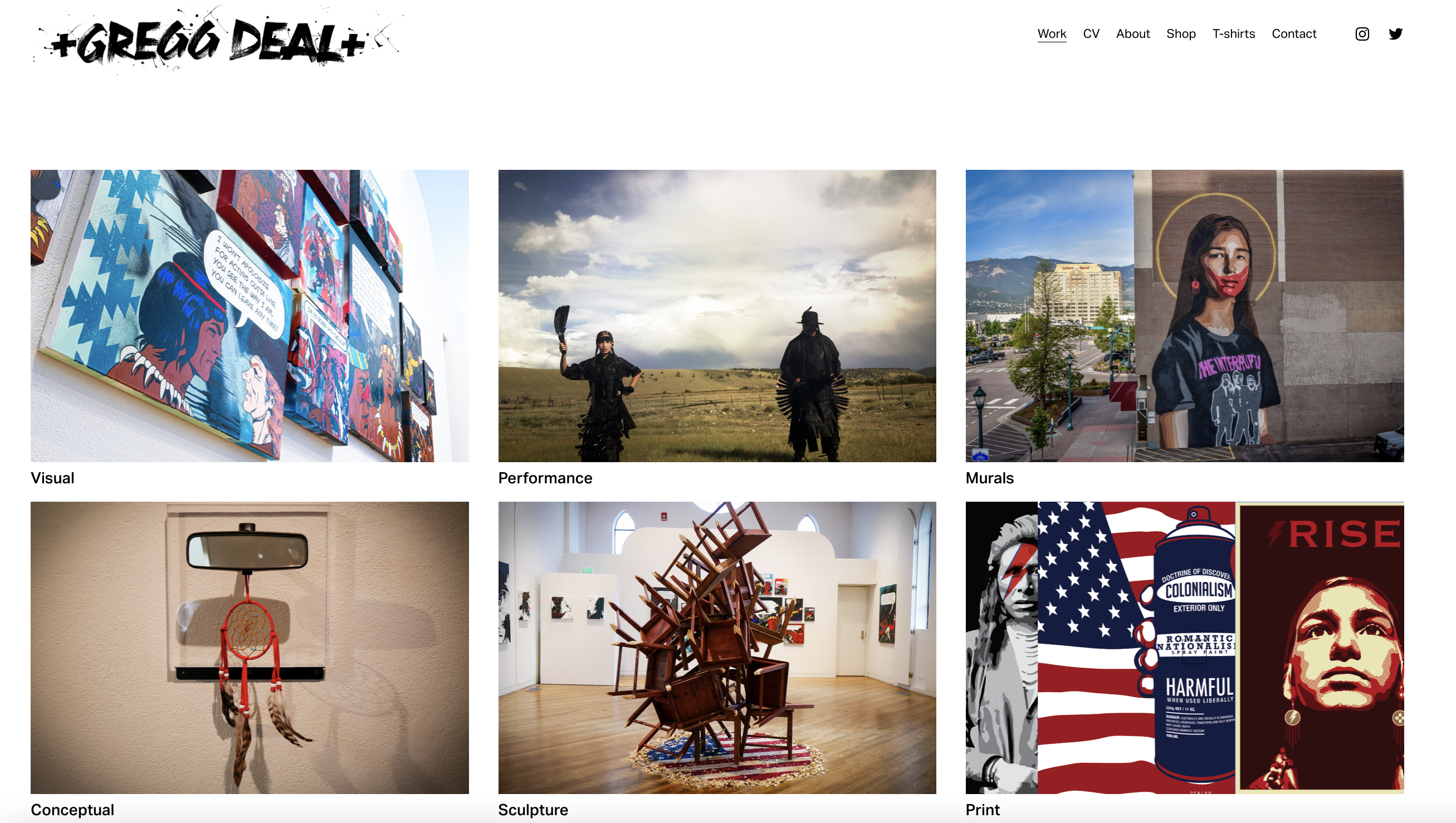
What would you like to tell the Denver Community about the importance of Native American Heritage Month?
This question is a hard one because I don’t consider myself a representative of the entire Denver community, Native people at large, or this month. I do think representation matters. There have been studies that have articulated why this is important, in terms of helping our Native youth see themselves in the world, and why that is important for mental health as well as our cultural health. The more people know and respect Native people, the safer it is for us. Casual racism towards native people (as well as outward and aggressive racism) is real. So much of our identity is predicated by the perception of our existence and not the reality of our existence. The good news is that there is a concerted effort to change the narrative by Indigenous peoples.

After moving to Colorado in 2015, where did you eventually choose to call home?
I live in El Paso Country, just outside Colorado Springs. It’s technically rural, but there is a lot of housing development ou there, so it’s basically suburbs. I wish I could live closer to Denver, but having a large family, something affordable is key. That’s why I live there, to be honest. Financially practical. I do an enormous amount of work in Denver, and would even say most of my professional connections are there. Denver is a special place and hope to live there at some point!
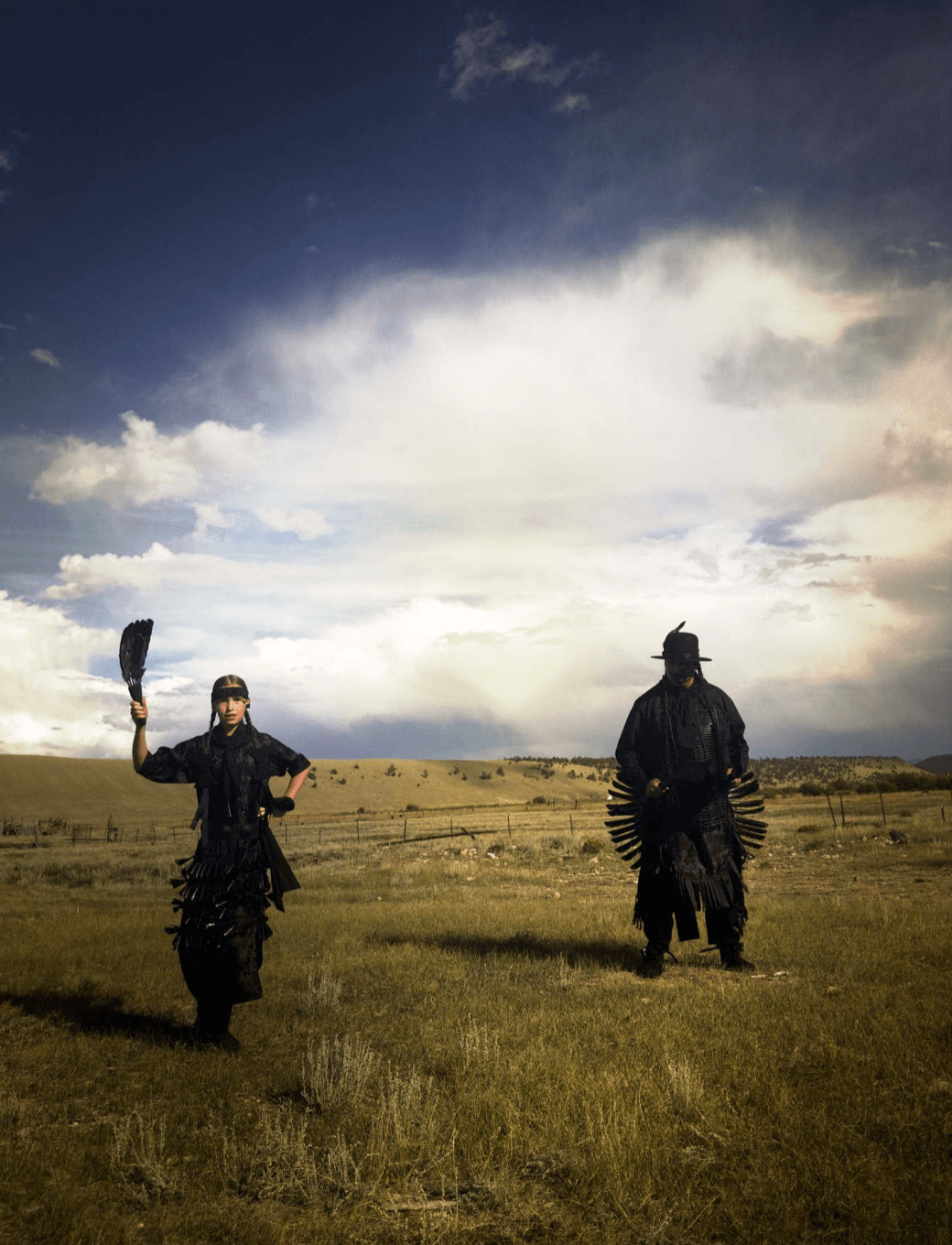
Do you feel Colorado is a good place to live?
/ What does Denver need to do to help elevate Indigenous people?
The front range is a decent place, I think. It’s such a stark difference between Denver and Boulder and Colorado Springs. Politically they are so different, which makes for a different disposition all together. But Denver? I love Denver. I’ve had nothing but good experiences there, and am appreciative of the connections I have and the friendships I’ve been able to garner. Denver’s personality open. Things are happening, more things are coming and anything feels possible. There is an establishment of the city, for sure, but it feels like sky’s the limit right now. A burgeoning art scene, a fantastic music scene, a well respected comedy scene and beyond. It means that anything is possible. In that discussion of possibility, inclusiveness feels simple to me. Recognizing Black and Brown people, different genders, sexual preferences, Women and their place in the city is paramount. I think Denver is working hard to be inclusive, but inclusivity is a constant progressive effort. I am a firm believer that the progression of elevating Indigenous people is recognizing their stake in these, our homelands. Supporting efforts of representation, systemic change and an overall effort towards equality for this county’s First Peoples.

What Indigenous Colorado based artists or businesses should people know about?
I am an inherent fan of the work my friends and peers.
- Steven Yazzie (visual artist, filmmaker),
- Danielle Seewalker (visual artist and all around badass)
- Chelsea Kaiah (visual artist)
- Kristina Badhand (visual artist)
- Anthony Garcia (visual artist
- Sarah Ortegon (visual artist, actor)
- Bobby LeFebre (poet)
- Erika Wurth (Author)
- and JayCee Beyale (visual artist).
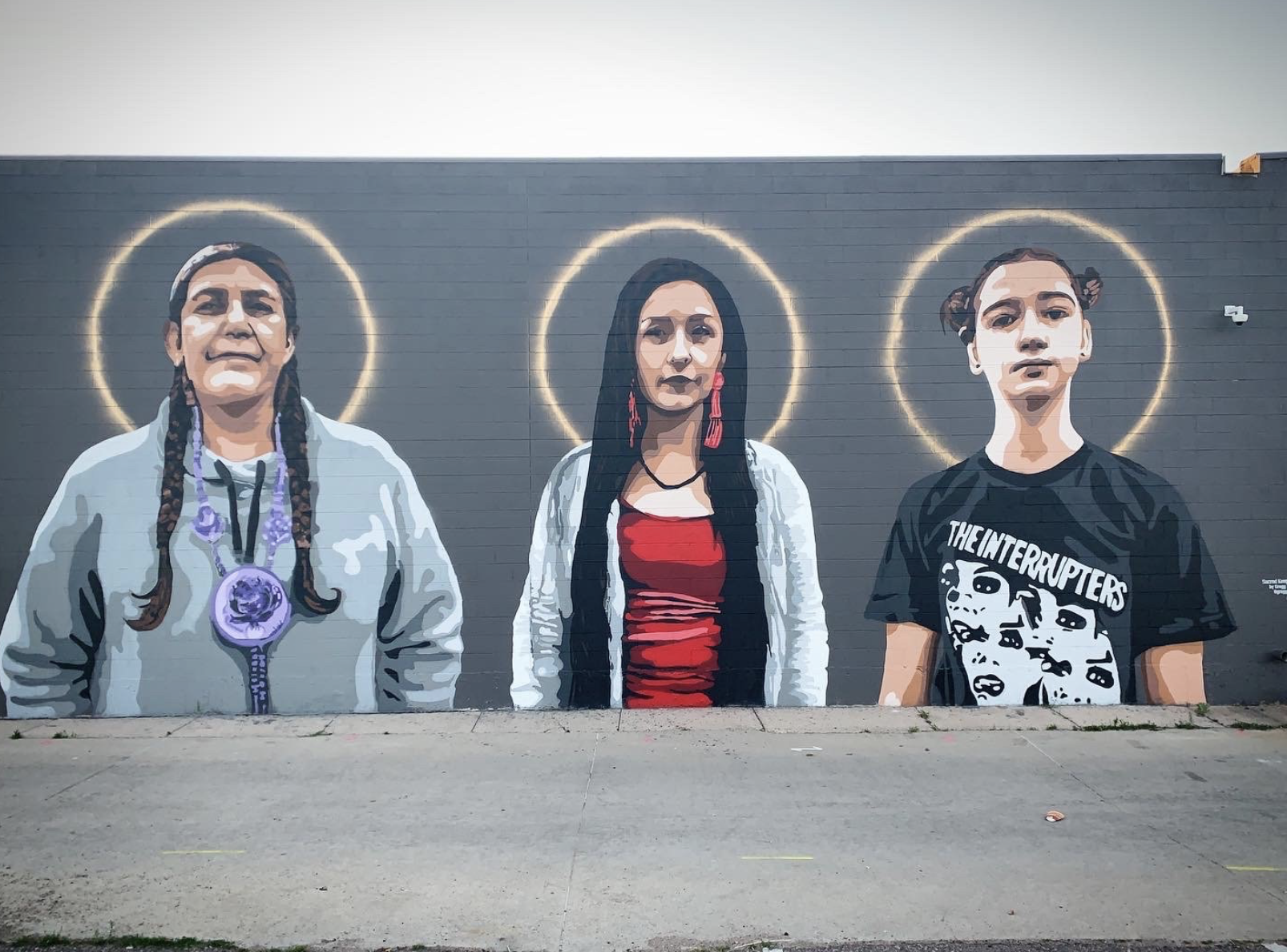

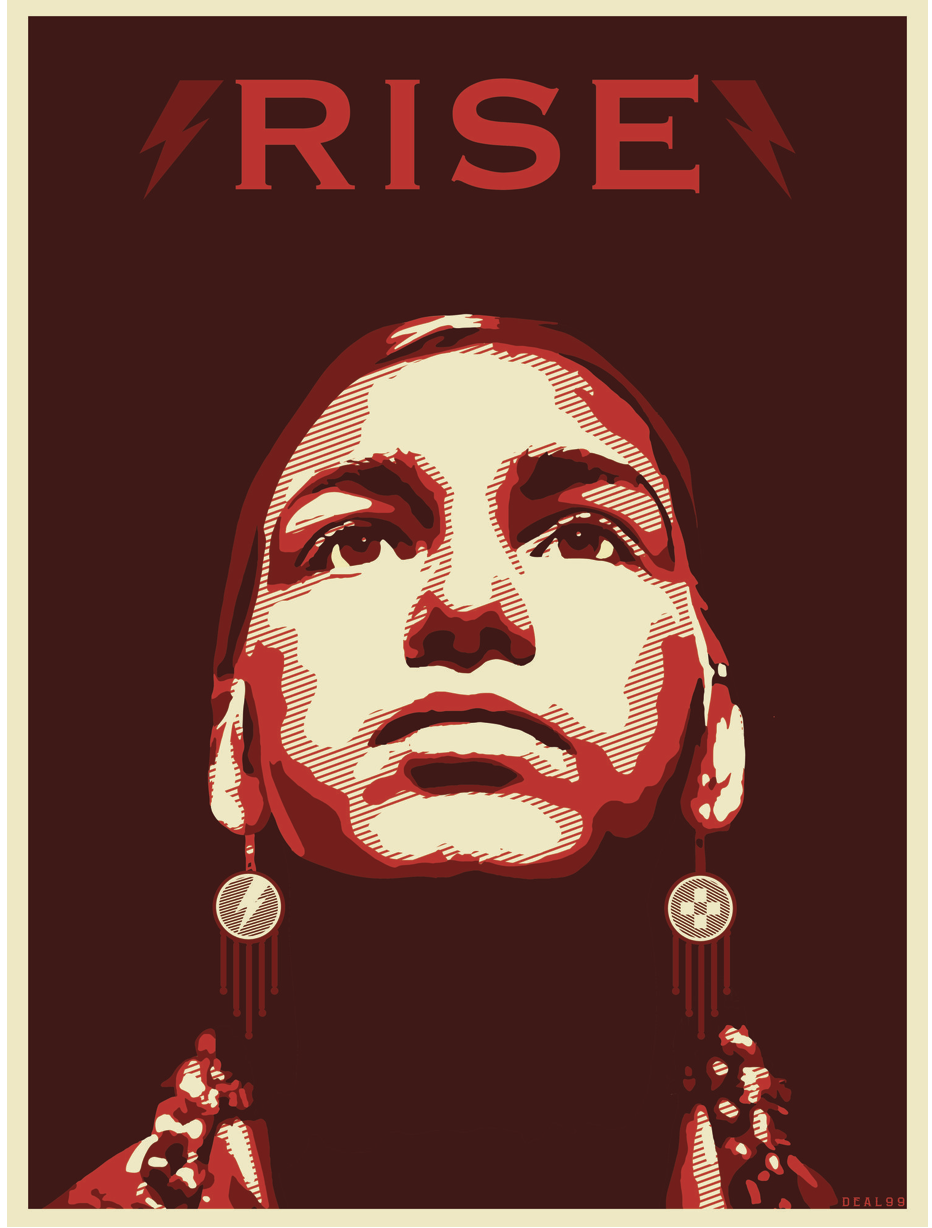
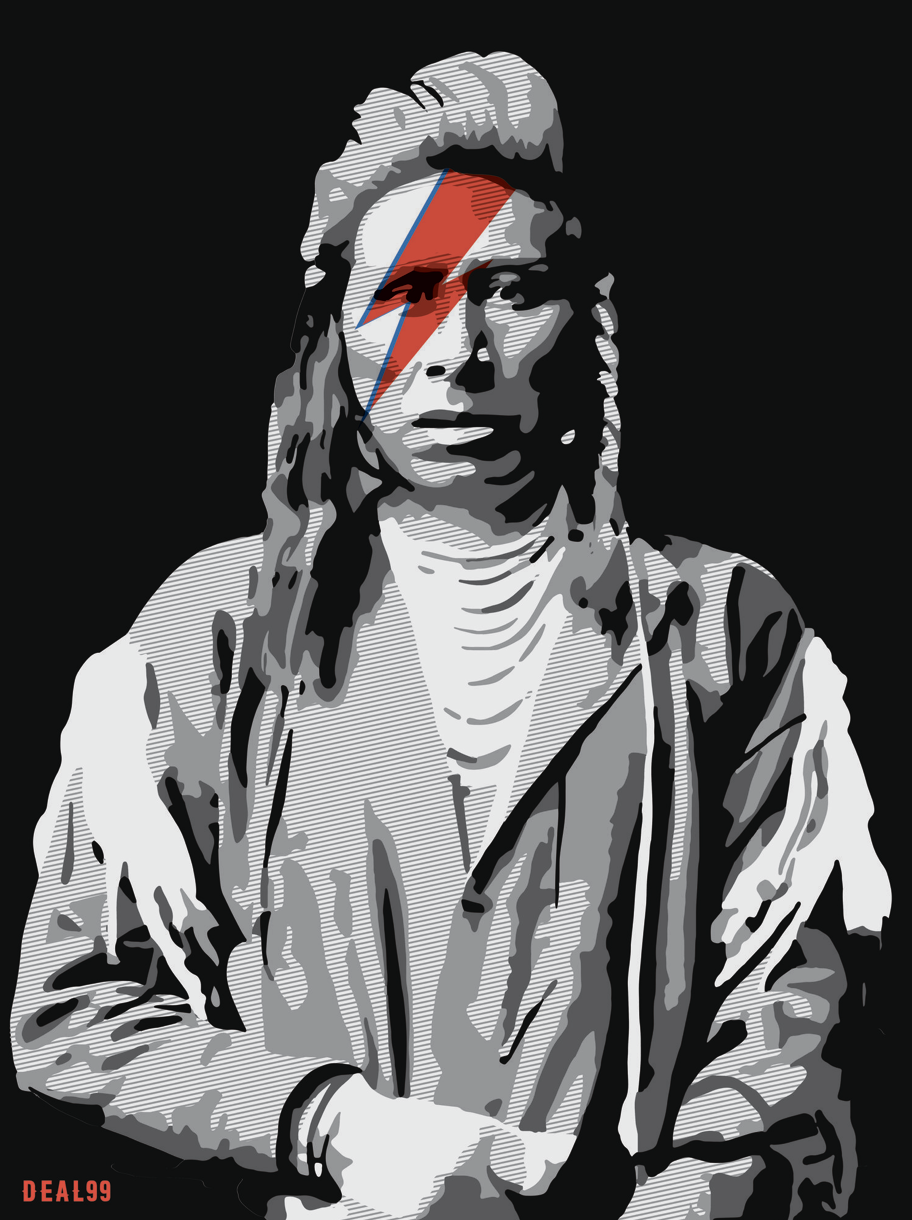
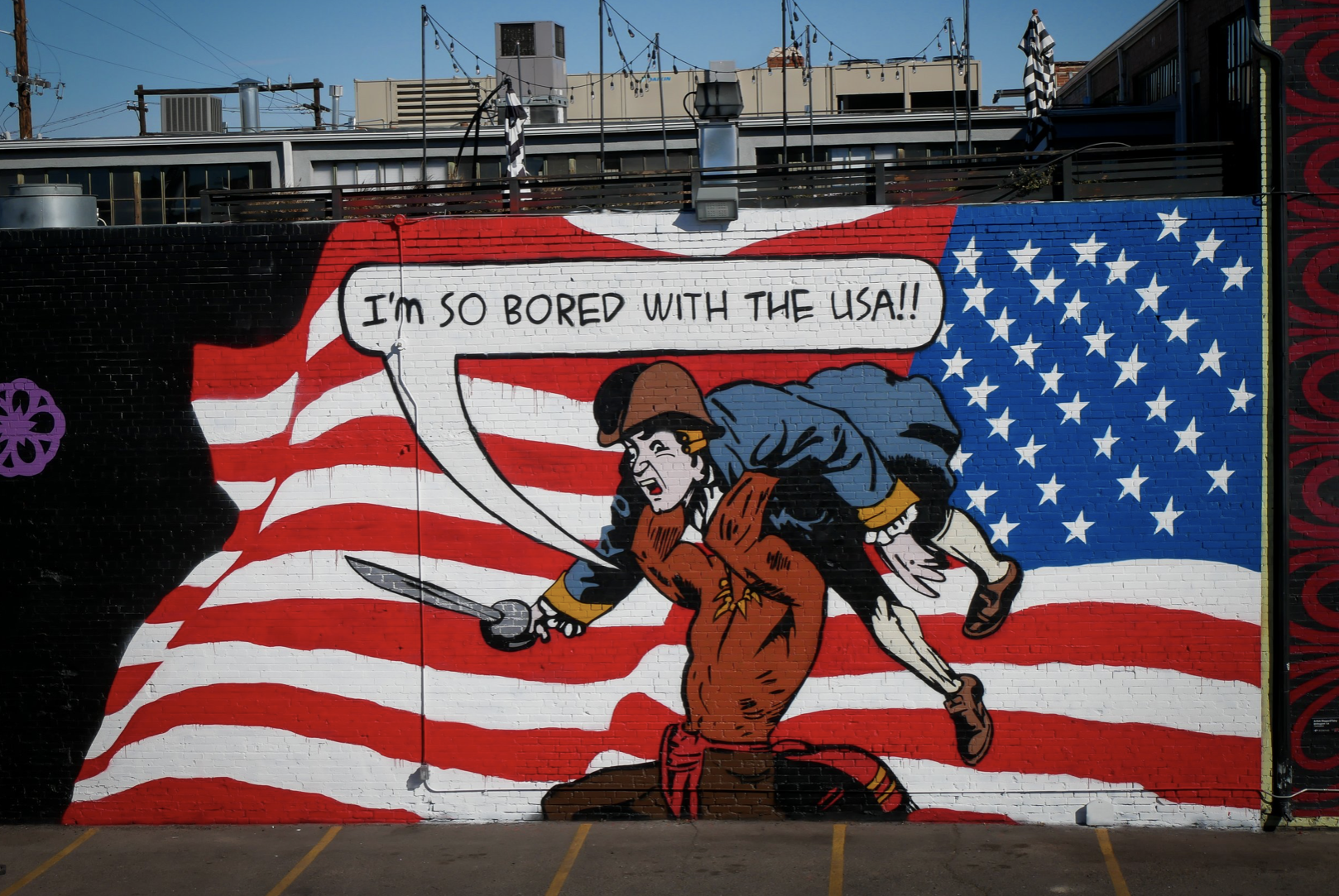
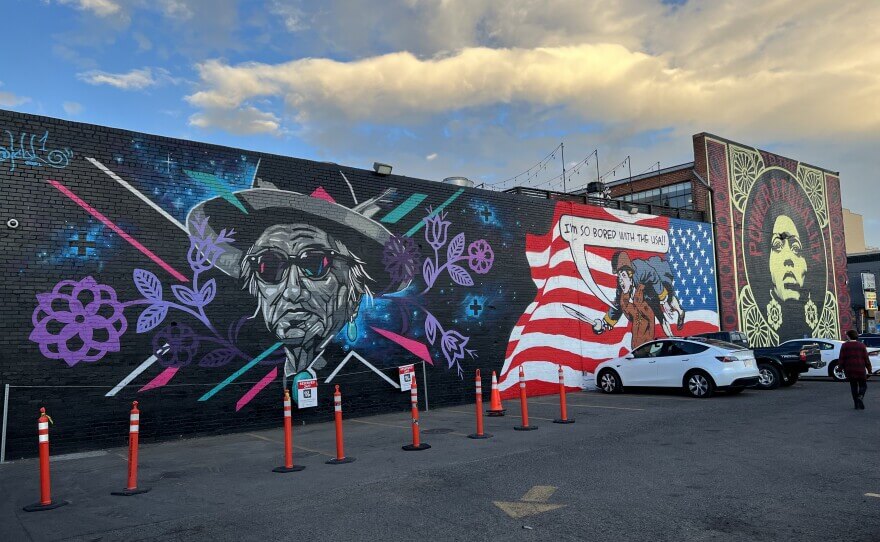
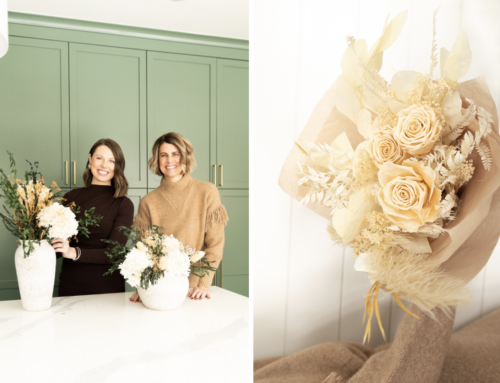

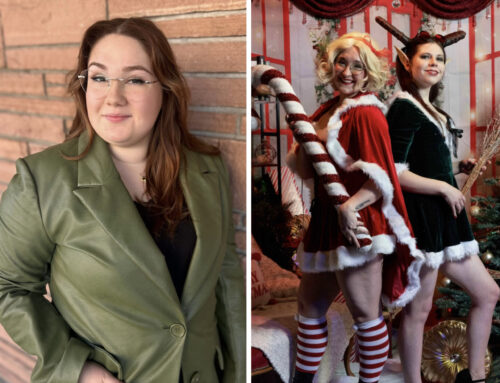
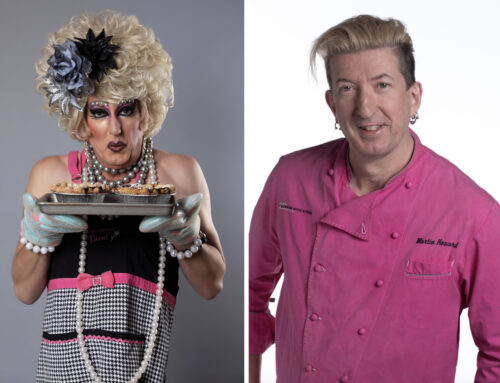
Leave A Comment